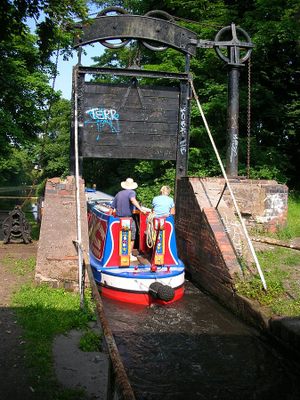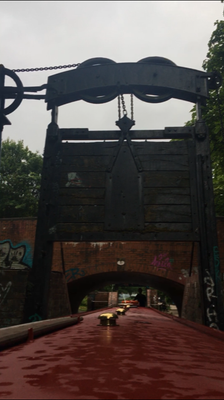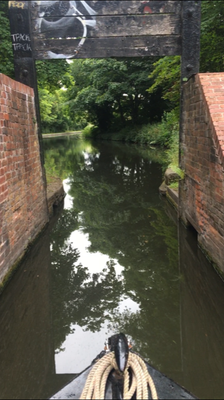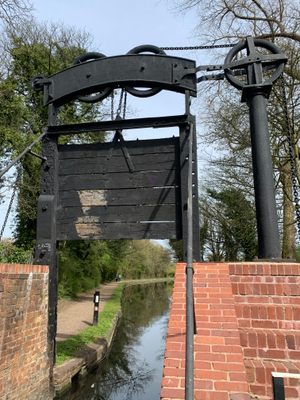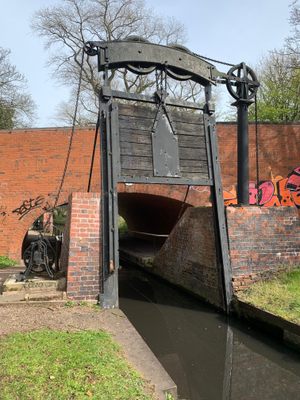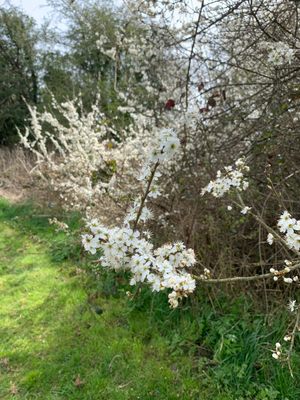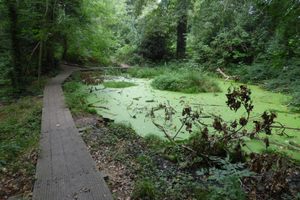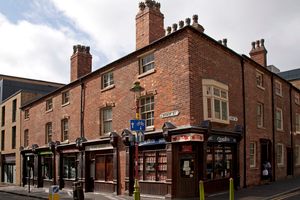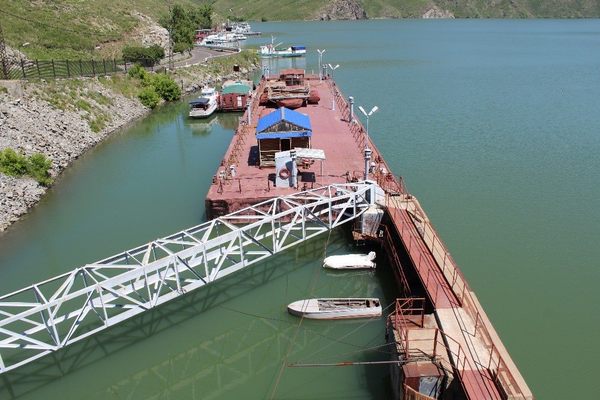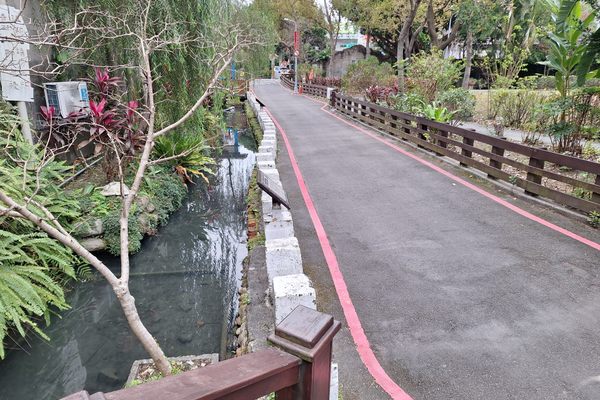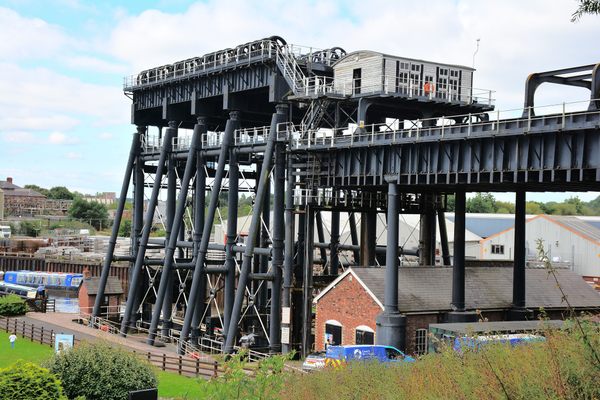About
In the 1760s, as the Industrial Revolution began to spread throughout Great Britain, there became a greater need for the development of inland transport and trade routes. The United Kingdom became the first country to develop a nationwide canal network, which provided vital connections between cities. The development of the canals and running of the trade routes was overseen by individual private companies and was a competitive business.
In order to join up the major trade route of the Grand Union Canal with the Stratford-on-Avon Canal, a small branch canal was built. Known as Kingswood Junction, it connected the two trade routes and became a continuous source of disagreement between the two canal companies, who were jealous of each other’s commercial canal traffic and water supplies.
As each waterway was owned privately by the canal companies, they had to come up with a way to conserve their own water supplies and prevent water flowing from one canal to another. This would happen when one canal was higher than the other, normally the Stratford-upon-Avon Canal was higher by six inches.
The solution was to build an unusual stop-lock between the canals to prevent the water flowing between the two. This way each canal could conserve their water supply.
The stop-lock consisted of two guillotine-style gates within an iron frame, suspended by chains, and operated using a winch mechanism over two wheels. Counterweights for the gates were built into the side wall of the lock. These gates provided an easy way to let water flow in and out to balance out the small difference in the canal water levels.
Since nationalization of the waterways in 1948, all the canals are managed by the Canal and Rivers Trust (formerly British Waterways) and water moving from one canal network to another no longer matters. The last recorded use of the gates was in 1959 and since then both gates have been left open at all times.
Related Tags
Published
November 19, 2020
